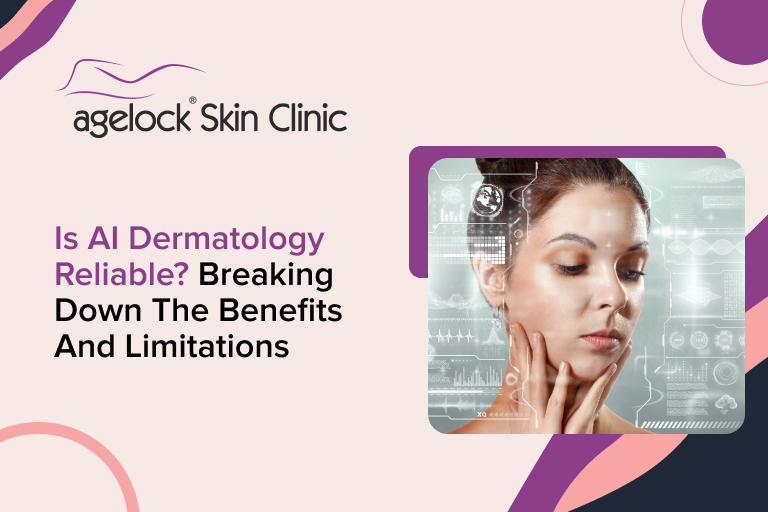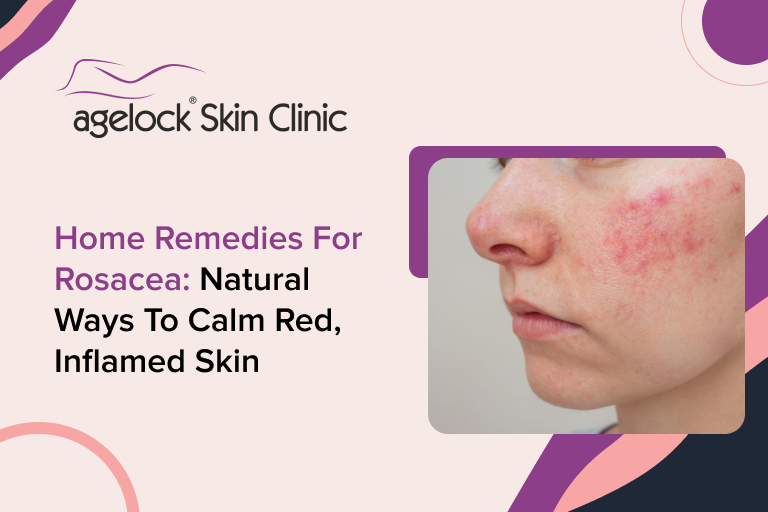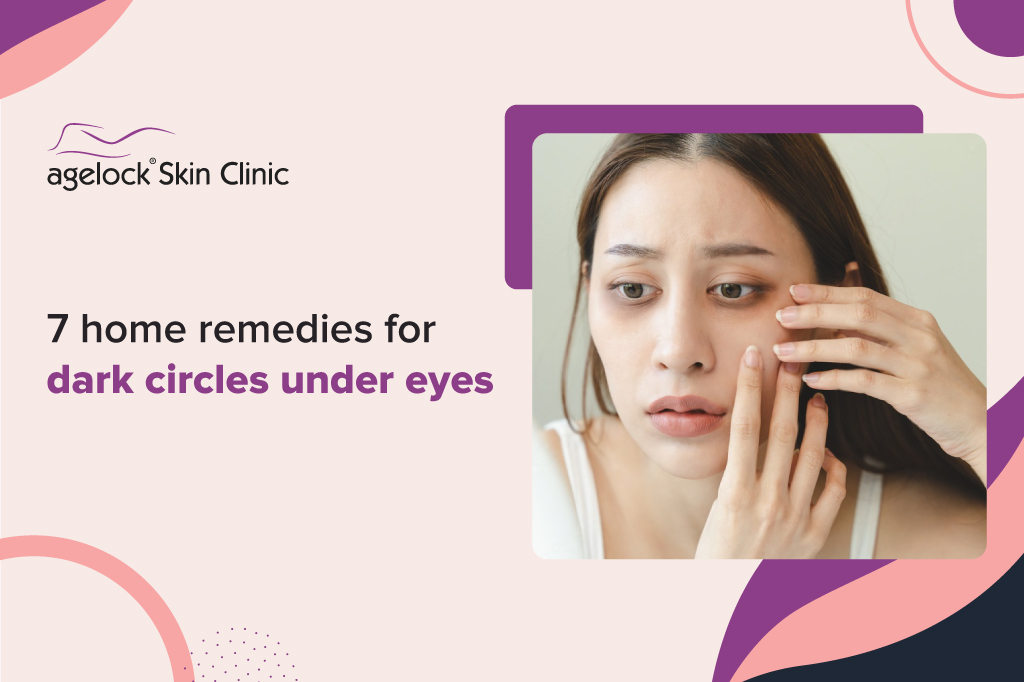Dark circles under the eyes might be a usual concern for a lot of people. They can make you look tired and older and affect your overall appearance. Dark Circles often lead to the question: is it a sign of aging or a health issue? In this blog post, we will explore the various types & causes of dark under eyes and explore potential remedies and preventative measures. By gaining insight into what may be causing your dark circles, you will be better equipped to make informed decisions about treatment options that are suitable for you.
Different Types of Dark Circles and How to Identify Them
Pigmented dark circles: These are caused by the overproduction of melanin in the skin. They appear as brown or black circles under the eyes and can be identified by their distinct colouration.
Vascular dark circles: This type is caused by visible blood vessels beneath the thin skin around the eyes. They often appear as bluish or purple circles and can be identified by their distinctive hue.
Structural dark circles: These are caused by factors such as loss of collagen, fat, or hollowing under the eyes. They give a sunken appearance and can be identified by the visible indentation or shadows under the eyes.
Identifying your specific type: To determine your particular type of dark circles, observe their colour (pigmented/vascular), texture (structural), and any accompanying symptoms like puffiness or hollowness. Meet a dermatologist for an accurate finding and individualized care plan.
The Relationship Between Aging and Dark Circles Under Eyes
As we age, our skin undergoes various changes that can contribute to the appearance of dark circles under the eyes. One of the most notable aging signs is the development of under-eye wrinkles, which can make the skin appear thinner and more fragile. This thinning of the skin, coupled with a decrease in collagen production and loss of fat under the eyes, can result in a more prominent visibility of blood vessels and underlying tissues. These factors combined can create a darker appearance and give rise to what is commonly referred to as black circles under the eyes. Understanding this relationship between aging and dark circles is crucial in managing their appearance effectively.
Health Issues Linked to Dark Circles Under Eyes
Lack of Sleep: Insufficient sleep can lead to blood vessels under the eyes to dilate, causing dark circles. Prioritizing quality sleep can help reduce the appearance of these dark circles.
Allergies and Sinus Congestion: Allergic reactions and sinus congestion can trigger inflammation and pooling of blood, resulting in dark circles under the eyes. Managing allergies effectively can help alleviate this issue.
Iron Deficiency Anemia: Iron deficiency anemia affects oxygen levels in the body, leading to a bluish tint beneath the eyes. Addressing any potential iron deficiencies through diet or supplements may help diminish dark circles.
Dehydration: When the body is dehydrated, the delicate skin surrounding the eyes can appear sunken and dull, emphasizing dark circles. Staying hydrated by drinking enough water throughout the day is essential for maintaining healthy-looking skin.
Tips to Reduce Dark Circles Under Eyes Naturally
Cucumber Slices on Eyes
Cucumber slices have been used for years as a way to reduce swelling and refresh tired eyes. Placing a chilled tea bag or cucumber slice on each eye for about 10-15 minutes can help soothe the delicate skin around the eyes and diminish the appearance of dark circles.
Increasing Water Intake
Staying hydrated is essential not only for your overall health but also for maintaining healthy skin. Dehydration can make your skin look dull and emphasize dark circles under your eyes. By increasing your water intake throughout the day, you can hydrate your body from within and promote healthier-looking skin, reducing the visibility of dark circles.
Getting Enough Sleep
Lack of sleep is known to contribute to various skin concerns, including dark circles under the eyes. Establishing a consistent sleep routine by aiming for at least 7-8 hours of quality sleep each night can help improve blood circulation around the eye area and minimize darkness.
Reducing Salt Intake
Consuming excessive amounts of salt can lead to water retention in the body, which can exacerbate the appearance of under-eye bags and discolored skin. By reducing your salt intake and opting for healthier, low-sodium food options, you can help diminish the prominence of dark circles.
By implementing these tips into your daily routine, you can take a natural approach towards reducing dark circles under your eyes. However, it’s important to note that individual results may vary depending on various factors, such as underlying health conditions. Suppose your dark circles persist despite these natural remedies. In that case, it is advisable to consult with a healthcare professional or dermatologist for further evaluation and guidance.
Takeaway
Dark circles under the eyes can be both a sign of aging and a potential health issue. While they may simply be a cosmetic concern for some, they could also indicate underlying health conditions that require medical attention. It is always advisable to consult with a dermatologist who can examine and diagnose the cause of dark circles. If you are concerned about your dark circles, take action today and schedule an appointment with a professional who specializes in dark circle treatment. Your well-being and confidence deserve it!









